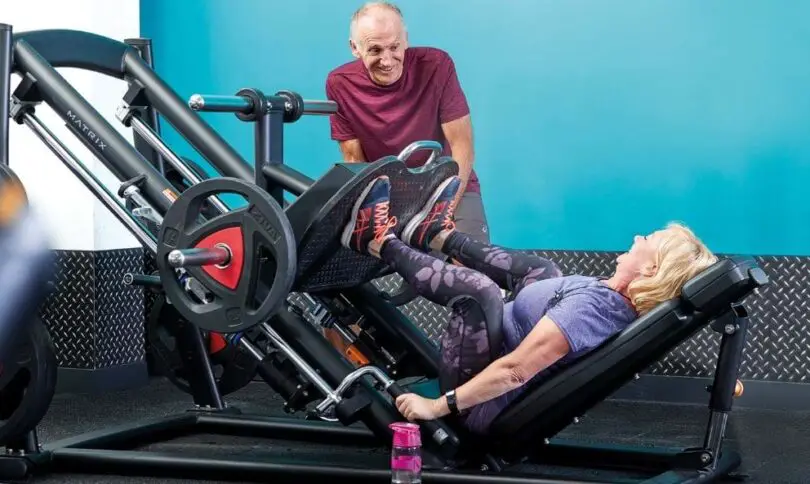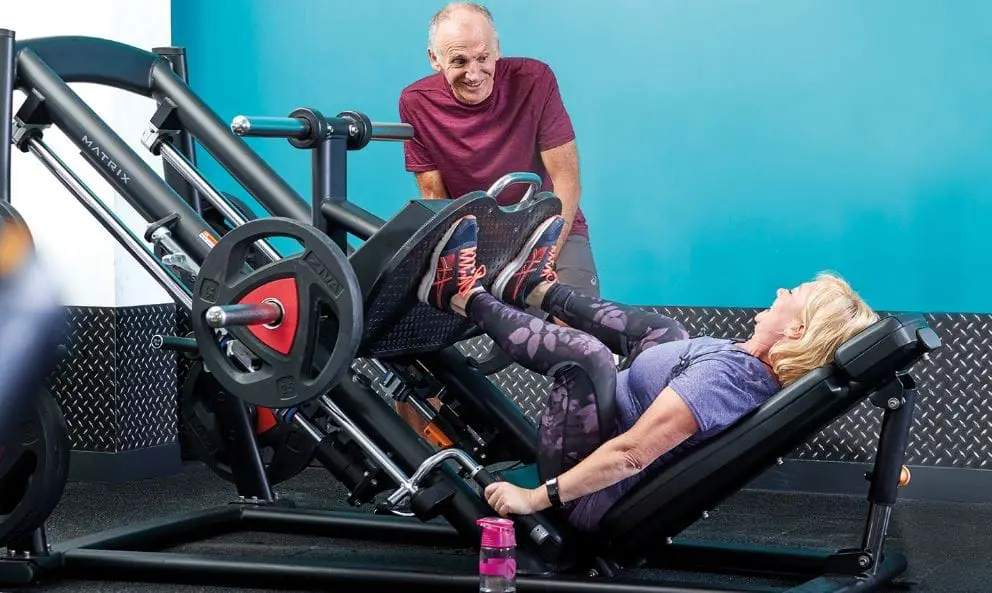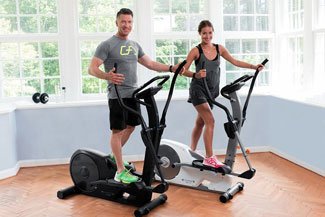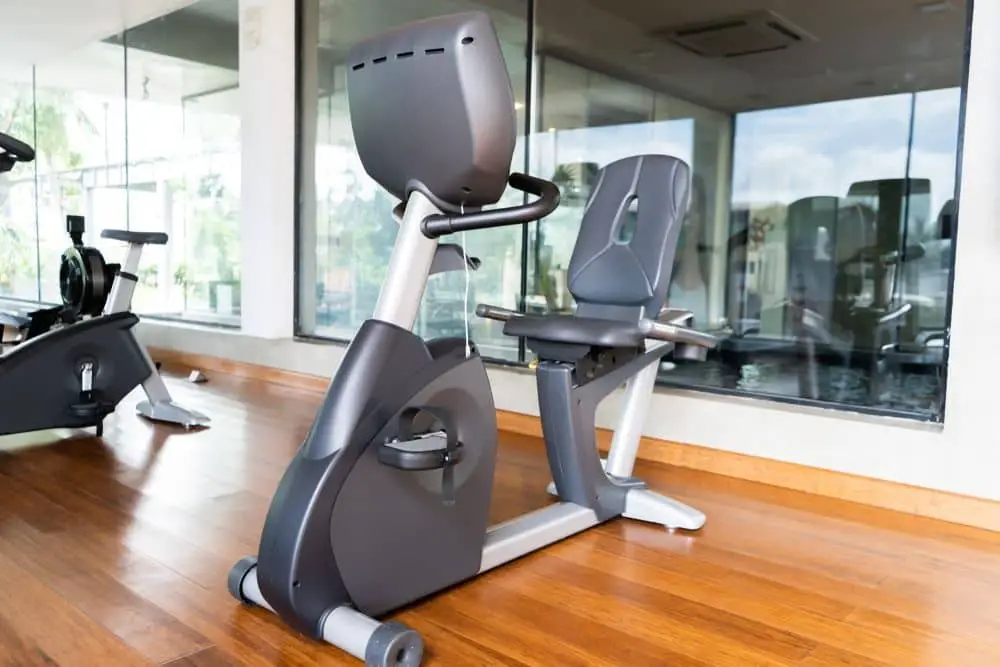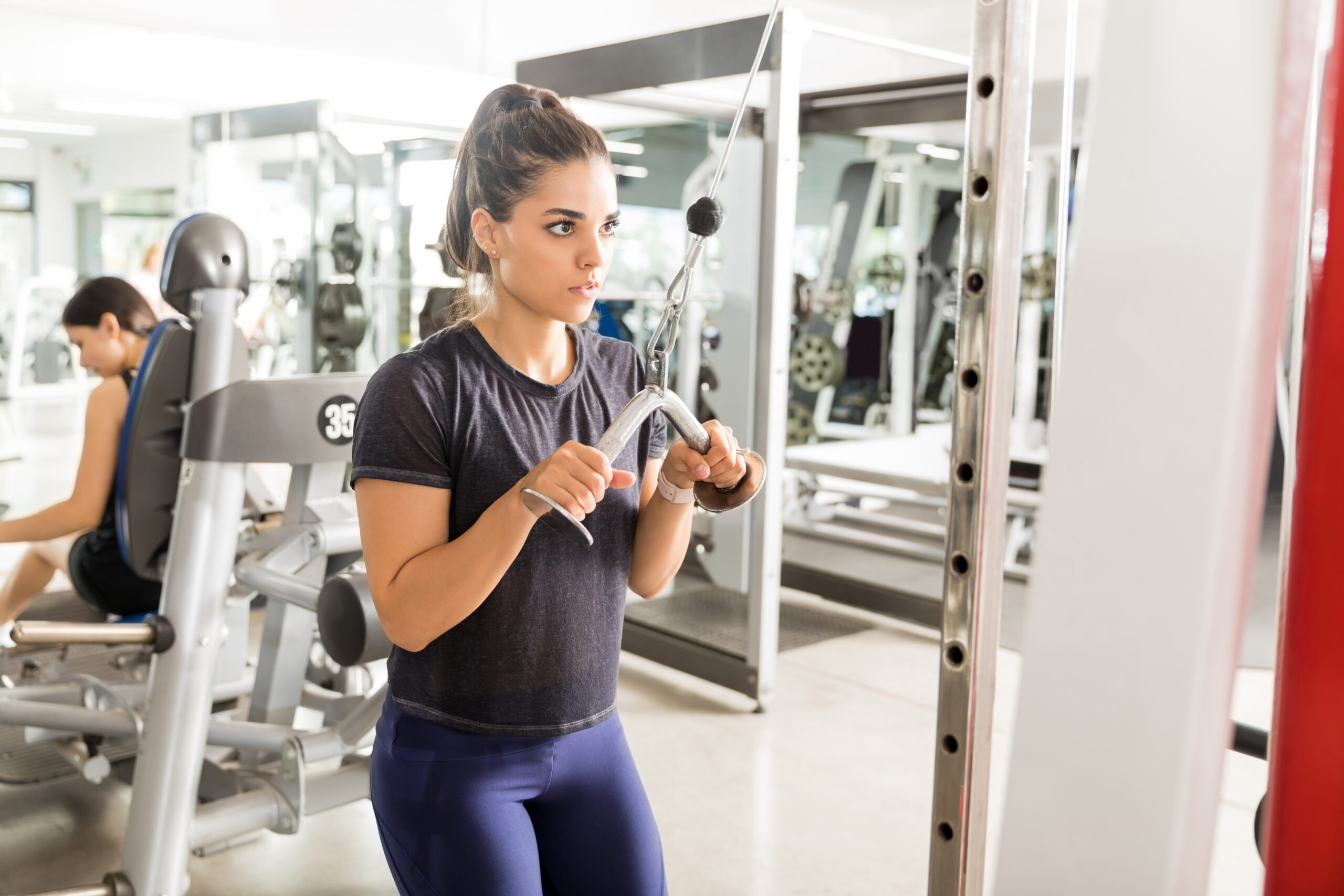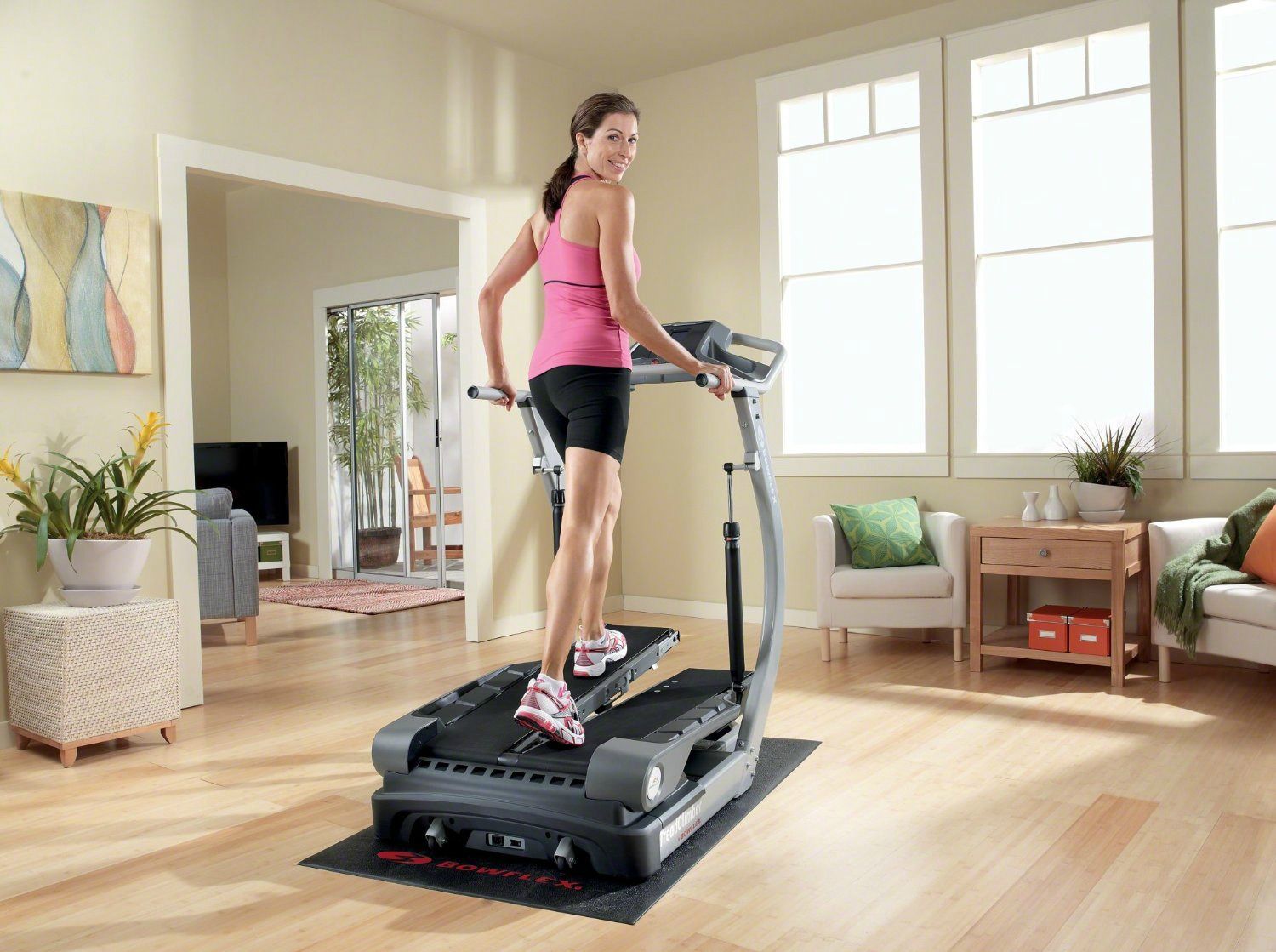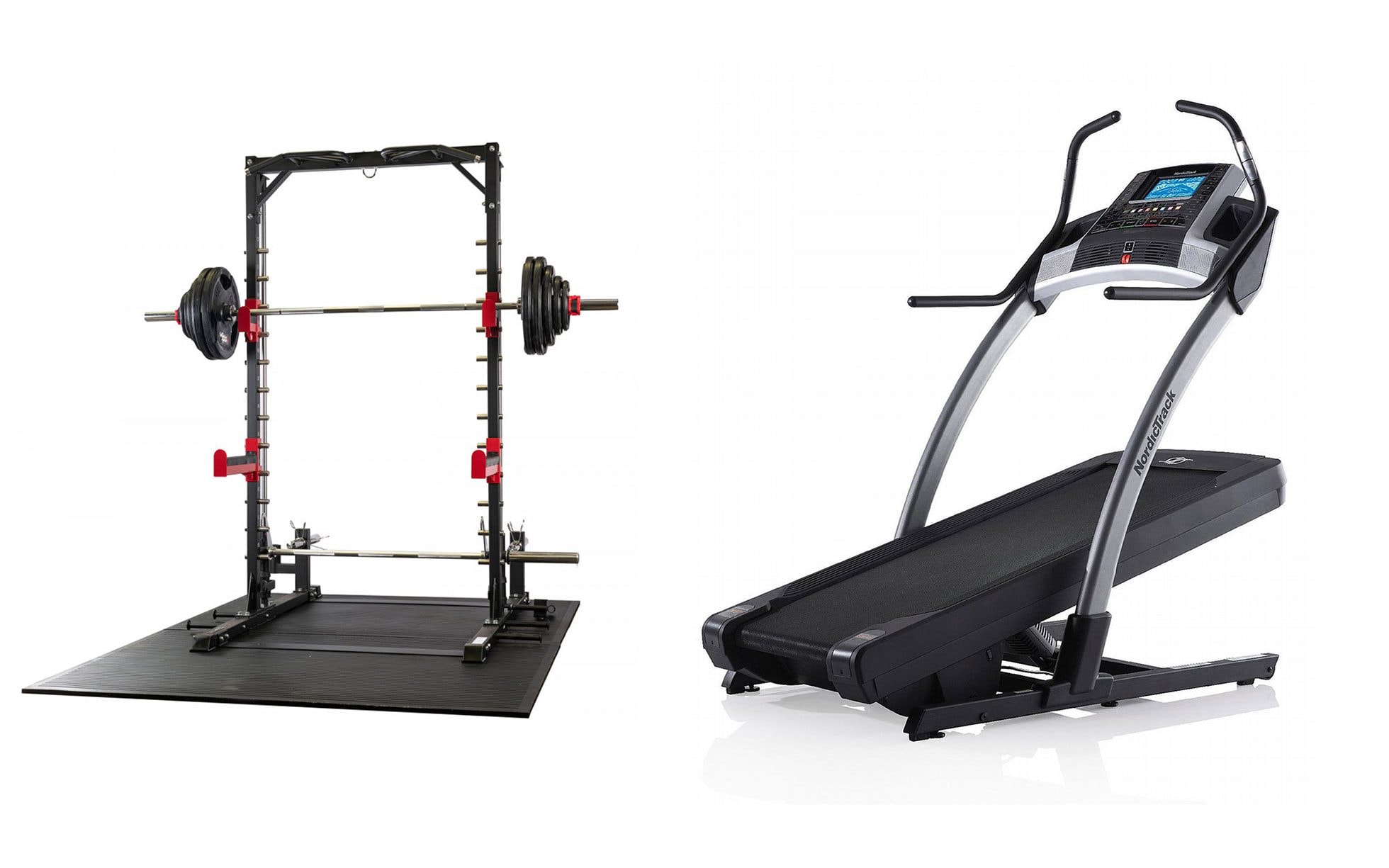The best exercise equipment for osteoporosis is a combination of strength training, cardiovascular exercise, and balance exercises. Resistance bands are great for building strength in the upper body as they provide resistance without putting too much strain on the bones. For lower body exercises, an elliptical machine or recumbent bike can help build muscle and improve balance.
Balance exercises should include standing on one foot, reaching sideways with alternating arms, and stepping up onto a low step to work on coordination. Also essential is weight-bearing exercise such as walking or jogging which helps strengthen bones by increasing bone density. Finally, yoga or tai chi may be beneficial as both involve slow movements that focus on posture and balance while also engaging muscles in core stability postures that help maintain healthy spine alignment.
If you’re living with osteoporosis, exercise is one of the best ways to improve your overall health and well-being. Regular physical activity can reduce pain, increase flexibility and strength, and even help slow down bone loss. But it’s important to choose the right exercise equipment for your body type and condition in order to get the most out of your workout.
Here are five of the best exercise equipment options for individuals with osteoporosis:
-
Dumbbells: Dumbbells can be used for a variety of exercises that help improve bone density, such as weight-bearing exercises, resistance training, and strength training.
-
Resistance Bands: Resistance bands are a versatile and portable exercise equipment option that can be used for a variety of exercises, including upper body, lower body, and core strengthening.
-
Stability ball: stability ball can be used for a variety of exercises that target the core muscles and improve posture, balance, and stability.
-
Yoga Mat: Gentle yoga exercises can help improve flexibility, balance, and stability, and can be done on a yoga mat, which provides a soft and supportive surface.
-
Treadmill: A treadmill is a good option for individuals with osteoporosis as it allows for a controlled pace and provides an opportunity to walk at a comfortable speed, which can help improve bone density and overall fitness levels.
It is important to consult with a physical therapist or doctor before starting any exercise program for individuals with osteoporosis to ensure proper form and prevent injury. They can recommend specific exercises and equipment that are safe and effective for your individual needs.
What Exercise Machine is Good for Osteoporosis?
If you suffer from osteoporosis, it can be difficult to find the right exercise machine for your needs. Osteoporosis is a condition where bones become brittle and fragile due to loss of bone mass, which puts someone at risk for fractures. It is important to take extra care when selecting an exercise machine if you have osteoporosis, as certain machines may put too much strain on your bones.
The best type of machine for those with osteoporosis is one that offers low-impact exercises such as recumbent bikes and ellipticals. These machines provide more stability and support than upright models, allowing users to move without putting undue stress on their joints or bones. Additionally, these machines are designed in ways that reduce the risk of falls by providing additional support and safety features such as adjustable handlebars or seat belts.
Another great option for those suffering from osteoporosis is a rowing machine. Rowing targets multiple muscle groups while still keeping impact levels low compared to other types of cardio equipment like treadmills or stair climbers. This makes it an ideal choice for people with weakened bones who need gentle yet effective exercise routines tailored specifically toward them.
Which is Better for Osteoporosis Treadmill Or the Elliptical?
When it comes to selecting an exercise regimen for those with osteoporosis, the treadmill and elliptical are two popular options. Both machines offer low-impact aerobic workouts that can help improve bone density, balance, and joint flexibility — all key components of a healthy lifestyle for people with this condition. So which machine is better?
The answer depends on your goals and personal preferences. The treadmill has been found to be more effective than the elliptical in improving bone mineral density (BMD) when used regularly over time. This is because the impact of walking or running on a treadmill encourages bones to become stronger and denser as they must support your body weight while exercising; whereas an elliptical is non-weight bearing, so there’s no force applied directly to the bones during use.
Additionally, since treadmills allow you to adjust both speed and incline levels, it’s easier for users with osteoporosis to tailor their workout intensity based on how much stress their joints can handle without risking injury or exacerbating pain from existing conditions like arthritis.
What is the Best Weight-Bearing Exercise for Osteoporosis?
When it comes to exercising with osteoporosis, weight-bearing exercises are the best way to go. Weight-bearing exercises can help increase bone density and strength in people who have been diagnosed with osteoporosis. Studies have shown that these types of exercises can reduce the risk of fractures associated with this condition by up to 50%.
Weight-bearing exercises for those suffering from osteoporosis should focus on low-impact activities such as walking, jogging, and dancing. These activities involve using your body weight against gravity, which is why they are so beneficial for improving bone health. Strength training is also an important part of a healthy exercise program when living with this condition – focusing on specific muscle groups while using free weights or resistance bands can help build up strength and stability around affected joints.
Stretching is another great form of exercise for those dealing with osteoporosis since it helps improve flexibility and range of motion without putting too much strain on bones or joints. Yoga is particularly beneficial because it combines stretching and strength training into one activity – helping to strengthen muscles while simultaneously increasing mobility throughout the body.
What Exercises Should You Avoid With Osteoporosis?
Exercising is an important part of staying healthy, but for those with osteoporosis, there are certain exercises that should be avoided. Osteoporosis is a condition in which the bones become brittle and weak due to decreased bone density over time. As such, it’s important for people with osteoporosis to modify their exercise routine to minimize the risk of injury.
The most important thing to consider when exercising with osteoporosis is avoiding high-impact activities like running or jumping that put too much stress on your bones. These types of exercises can increase the risk of fractures because they cause more strain on already weakened bones. Instead, focus on low-impact activities such as walking or swimming which will provide both aerobic benefits and help strengthen muscles without putting unnecessary strain on the skeletal system.
In addition to avoiding high-impact exercises, people with osteoporosis should also avoid exercises that require rapid movements like tennis or basketball since these can lead to falls or injuries from sudden changes in direction or speed. It’s best to stick with slow and controlled movements while exercising in order to protect yourself from any potential harm caused by overexertion.

Credit: www.bestusedgymequipment.com
Is a Rowing Machine Good for Osteoporosis
When it comes to osteoporosis, it can be difficult to know what exercises are best for keeping your bones strong. Many people with the condition may find that running or lifting weights is too intense and could potentially lead to injury. This is why a rowing machine can be an ideal exercise equipment choice for those who suffer from osteoporosis.
Rowing machines provide low-impact, full-body workouts that help strengthen all of the muscles in the arms, back, and legs while also providing support for your spine and joints as you row. The smooth motion of rowing helps engage multiple muscle groups at once which helps create balance in the body over time and improve core stability, posture, flexibility, and overall strength without putting extra strain on the bones. Rowing machines also bring a lot more variety into your workout routine than traditional weight training or cardio activities like running or biking might offer.
You can adjust resistance levels to challenge yourself further as you get stronger over time and even add supersets into your routine by jumping off one type of machine onto another such as using a cable machine after completing 10 minutes on the rower.
What Exercises Should Be Avoided With Osteoporosis
If you have been diagnosed with osteoporosis, it is important to know which exercises should be avoided. Osteoporosis is a condition in which the bones become weak and brittle, making them more prone to fractures. Exercise can help strengthen your bones and improve overall health, but certain types of exercise can actually put you at an increased risk for fractures or further damage to your bones if performed incorrectly.
High-impact activities such as running, jumping, or any type of contact sports should generally be avoided because they place too much stress on already weakened bones. Instead focus on low-impact exercises like walking, swimming, biking, and Tai Chi that are safe for people with osteoporosis while still providing some benefits. Other forms of strength training may also be beneficial as long as they use light weights and slow movements that don’t involve jerking motions or sudden changes in direction – both of which could increase fracture risk.
In addition to avoiding high-impact activities and exercising carefully with lighter weights, it’s important to ensure good posture when doing any type of exercise routine.
Best Treadmill for Osteoporosis
If you’re living with osteoporosis, it’s important to find a safe and effective way to exercise. While walking outdoors is usually the preferred form of exercise for people with this condition, sometimes the weather or other factors can make it difficult. That’s why having a treadmill at home can be a great option to ensure you stay active and healthy as much as possible.
When looking for the best treadmill for osteoporosis, there are several important features to consider. First and foremost, safety should be your top priority when purchasing any type of fitness equipment. Look for treadmills that have wide platforms and low decks that allow users to get on and off easily without putting too much strain on their joints or back muscles.
Additionally, look for adjustable speed settings so you can adjust your workout intensity depending on how your body feels each day. Another key feature when shopping for a treadmill is cushioning technology which helps reduce the impact on bones during workouts by absorbing shock from footfalls while running or walking on the machine. This reduces the stress put onto bones making them safer and more comfortable especially if you suffer from joint pain associated with osteoporosis or arthritis conditions.
Conclusion
Hey there! If you have osteoporosis, getting regular exercise can be incredibly beneficial. But what type of equipment should you use to get the best results?
Well, we’ve got all the info for you right here! The key is to find exercises that help strengthen bones and improve balance, as well as reduce stress on joints. The best pieces of equipment for this are resistance bands or weights (which can be used with machines such as treadmills), stability balls, and foam rollers.
These items allow you to safely build strength while avoiding common missteps like straining your back or neck when lifting heavy objects. Yoga mats are also great because they provide a comfortable surface for stretching and other low-impact exercises like tai chi which promote good posture and flexibility—two things important in minimizing bone loss associated with osteoporosis. Plus, many types of yoga incorporate breathing techniques which can help boost circulation around affected areas and relieve tension from tight muscles due to immobility caused by pain or discomfort.
Finally, make sure whatever exercise equipment you choose fits your lifestyle; if it’s too cumbersome or awkward to use regularly then it won’t do much good!

